Lung Cancer
Lung Cancer is the uncontrolled growth of malignant cells that originate in the lungs. Lung cancer may spread to lymph nodes or other organs in the body, such as the brain.

Your lungs are 2 sponge-like organs in your chest. When you breathe in, air enters through your mouth or nose and goes into your lungs through the trachea (windpipe). The trachea divides into tubes called bronchi which divides to form smaller braches called bronchioles with tiny air sacs at the ends called alveoli.
Lung cancers typically start in the cells lining the bronchi and parts of the lung such as the bronchioles or alveoli.
THE TWO GENERAL TYPES

Small cell lung cancer: It occurs almost exclusively in heavy smokers and is less common than non-small cell lung cancer.
Non-small cell lung cancer: It is an umbrella term for several types of lung cancers that behave similarly. Non-small cell lung cancers include squamous cell carcinoma, adenocarcinoma, and large cell carcinoma.
STAGES OF LUNG CANCER
The staging of cancer describes how far it has spread through the body and how severe it is. Staging helps healthcare professionals and individuals decide on a suitable course of treatment.
The most basic form of staging is as follows:
- localized, wherein the cancer is within a limited area
- regional, wherein the cancer has spread to nearby tissues or lymph nodes
- distant, wherein the cancer has spread to other parts of the body

Stages of non-small cell lung cancer
Healthcare professionals typically use tumor size and spread to describe the stages of non-small cell lung cancer, as follows:
01
Occult, or hidden
The cancer does not show up on imaging scans, but cancerous cells might appear in the phlegm or mucus.
02
Stage 0
There are abnormal cells only in the top layers of cells lining the airways.
03
Stage 1
A tumor is present in the lung, but it is 4 centimeters (cm) or under and has not spread to other parts of the body.
04
Stage 2
The tumor is 7 cm or under and might have spread to nearby tissues and lymph nodes.
05
Stage 3
The cancer has spread to lymph nodes and reached other parts of the lung and surrounding area.
06
Stage 4
The cancer has spread to distant body parts, such as the bones or brain.
Stages of small cell lung cancer
Limited Stage: The cancer affects only one side of the chest, though it might already be present in some surrounding lymph nodes. Healthcare professionals can treat it with radiation therapy as a single area.
Extensive Stage: the cancer has spread beyond the one side of the chest. It may affect the other lung or other parts of the body. Around two-thirds of people with small cell lung cancer find out that they have it when it is already in the extensive stage.
CAUSES OF LUNG CANCER

Smoking causes the majority of lung cancers — both in smokers and in people exposed to secondhand smoke. But lung cancer also occurs in people who never smoked and in those who never had prolonged exposure to secondhand smoke. In these cases, there may be no clear cause of lung cancer.
RISK FACTORS

Smoking
Your risk of lung cancer increases with the number of cigarettes you smoke each day and the number of years you have smoked. Quitting at any age can significantly lower your risk of developing lung cancer.

Passive Smoking
Exposure to secondhand smoke. Even if you don't smoke, your risk of lung cancer increases if you're exposed to secondhand smoke.

Exposure to Radon Gas
Unsafe levels of radon ( produced by the natural breakdown of uranium in soil, rock) can accumulate in any building, including homes.

Previous radiation therapy
If you've undergone radiation therapy to the chest for another type of cancer, you may have an increased risk of developing lung cancer.
Exposure to asbestos and other carcinogens
Workplace exposure to asbestos and other substances known to cause cancer
Family history
Family history of lung cancer. People with a parent, sibling or child with lung cancer have an increased risk of the disease.
SYMPTOMS OF LUNG CANCER
Lung cancer typically doesn’t cause signs and symptoms in its earliest stages. Signs and symptoms of lung cancer typically occur when the disease is advanced. Signs and symptoms of lung cancer may include:

A new cough that doesn’t go away
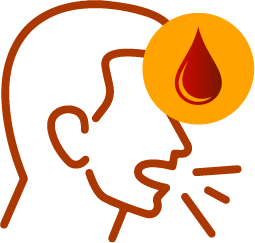
Coughing up blood, even a small amount

Shortness of breath

Chest pain
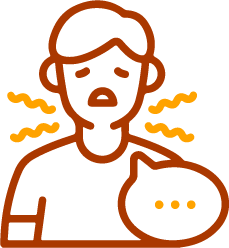
Hoarseness

Losing weight without trying

Bone pain

Headache
When to see a doctor
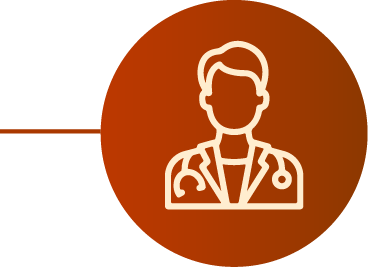
Make an appointment with your doctor if you have any persistent signs or symptoms that worry you. If you smoke and have been unable to quit, make an appointment with your doctor. Your doctor can recommend strategies for quitting smoking, such as counseling, medications and nicotine replacement products.
STAGES OF LUNG CANCER
DIAGNOSIS OF LUNG CANCER
After a physical examination, your doctor will tell you how to prepare for specific tests, such as:

Imaging tests
An abnormal mass can be seen on X-ray, MRI, CT, and PET scans. These scans produce more detail and find smaller lesions.

Sputum cytology
If you produce phlegm when you cough, microscopic examination can determine if cancer cells are present.
A biopsy can determine if tumor cells are cancerous. A tissue sample can be obtained by:

Bronchoscopy: While under sedation, a lighted tube is passed down your throat and into your lungs, allowing closer examination.
Mediastinoscopy: The doctor makes an incision at the base of the neck. A lighted instrument is inserted and surgical tools are used to take samples from lymph nodes. It’s usually performed in a hospital under general anesthesia.


Needle: Using imaging tests as a guide, a needle is inserted through the chest wall and into the suspicious lung tissue. Needle biopsy can also be used to test lymph nodes.
TREATING LUNG CANCER
You and your doctor choose a non-small cell lung cancer (NSCLC) cancer treatment plan based on a number of factors, such as your overall health, the type and stage of your cancer, and your preferences.
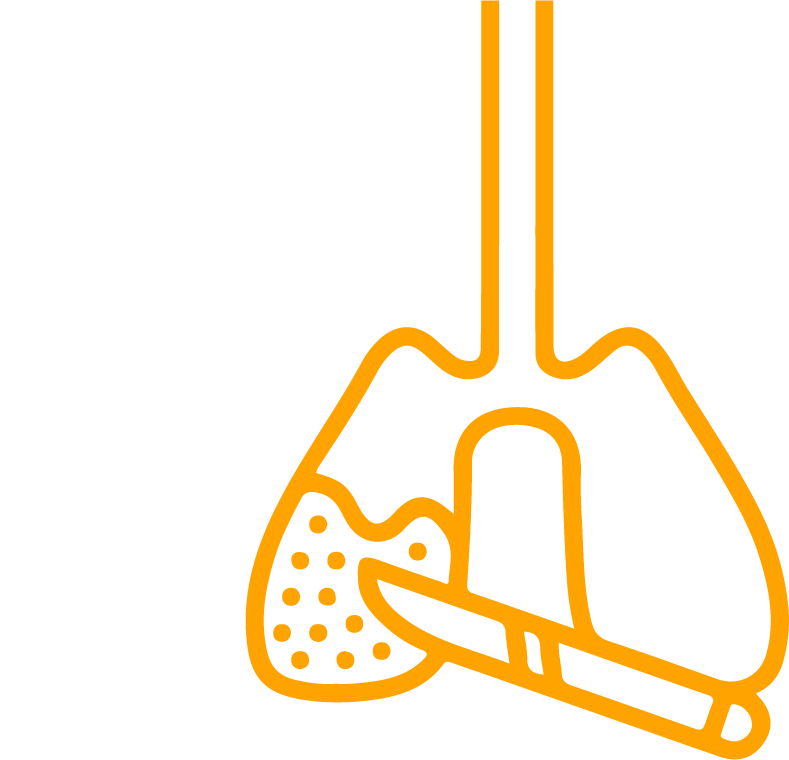
Surgery
During surgery, your surgeon works to remove the lung cancer and a margin of healthy tissue. It may involve a removal of a small section of lung that contains the tumor, a larger portion of lung, but not an entire lobe, the entire lobe of one lung, or the entire lung.

Radiation therapy
Radiation therapy uses high-powered energy beams from sources such as X-rays and protons to kill cancer cells. During radiation therapy, you lie on a table while a machine moves around you, directing radiation to precise points on your body.

Chemotherapy
Chemotherapy uses drugs to kill cancer cells. One or more chemotherapy drugs may be given through a vein in your arm (intravenously) or taken orally. A combination of drugs usually is given in a series of treatments over a period of weeks or months, with breaks in between so that you can recover.

Targeted drug therapy
Targeted drug treatments focus on specific abnormalities present within cancer cells. By blocking these abnormalities, targeted drug treatments can cause cancer cells to die.
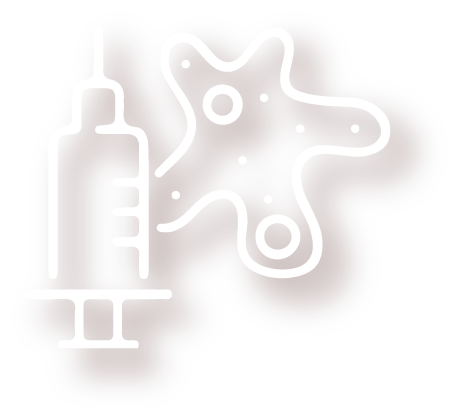
Immunotherapy
Immunotherapy uses your immune system to fight cancer. Your body's disease-fighting immune system may not attack your cancer because the cancer cells produce proteins that help them hide from the immune system cells. Immunotherapy works by interfering with that process.

Palliative care
People with lung cancer often experience signs and symptoms of the cancer, as well as side effects of treatment. Supportive care, also known as palliative care, is a specialty area of medicine that involves working with a doctor to minimize your signs and symptoms.
HOME REMEDIES FOR LUNG CANCER
Home remedies and homeopathic remedies won’t cure cancer. But certain home remedies may help relieve some of the symptoms associated with lung cancer and side effects of treatment.
Ask your doctor if you should take dietary supplements and if so, which ones. Some herbs, plant extracts, and other home remedies can interfere with treatment and endanger your health. Be sure to discuss all complementary therapies with your doctor to make sure they’re safe for you.
Options may include:
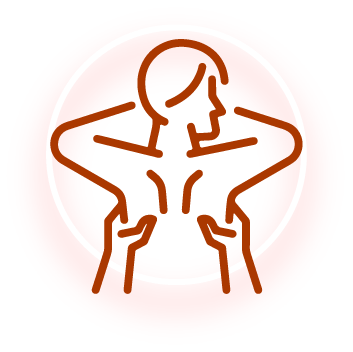
Massage
With a qualified therapist, massage can help relieve pain and anxiety. Some massage therapists are trained to work with people with cancer.

Acupuncture
When performed by a trained practitioner, acupuncture may help ease pain, nausea, and vomiting. But it’s not safe if you have low blood counts or take blood thinners.

Meditation
Relaxation and reflection can reduce stress and improve the overall quality of life in cancer patients.

Meditation
Relaxation and reflection can reduce stress and improve the overall quality of life in cancer patients.

Hypnosis
Helps you relax and may help with nausea, pain, and anxiety.
REFERENCES
https://www.mayoclinic.org/diseases-conditions/lung-cancer/diagnosis-treatment/drc-20374627https://www.cancer.org/cancer/lung-cancer/https://www.healthline.com/health/lung-cancerhttps://www.mayoclinic.org/diseases-conditions/lung-cancerhttps://www.medicalnewstoday.com/articles/323701
